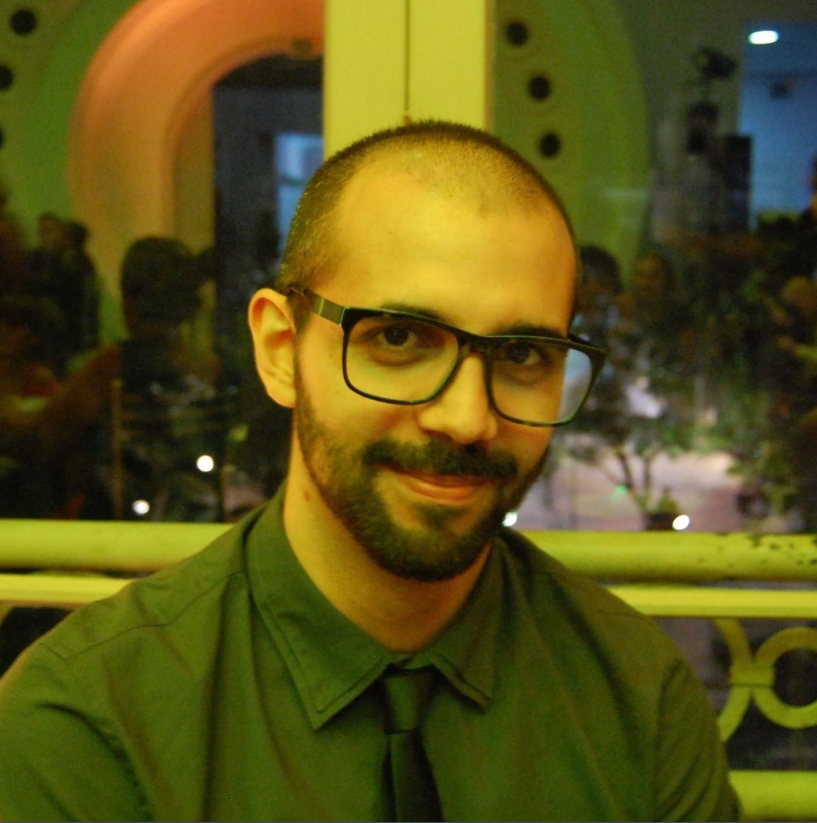
Revision: Todd Harkin
I have a passion for words. I have a passion for stories. And I have a passion for video games.
Which is why, for more than a decade, I’ve worked as a writer and translator almost exclusively in the gaming world—that strange and beautiful space where narrative, gameplay, and player agency collide.
While I fully intend to explore the pleasures and challenges of game writing, in this article, I’d like to focus on my experience as a translator and share some of the particularities of video game localization.
For the record, I’ve localized hundreds of titles into Brazilian Portuguese—from triple-A giants like The Witcher 3 and Baldur’s Gate 3 to smaller, but equally charming indie releases like Felvidek and Slay the Princess. These projects have given me a wide range of experiences. Yet regardless of scope, every game presents a new world to learn, interpret, and translate for another audience.
Translation vs. Localization
The terms “translation” and “localization” are often used interchangeably—but they aren’t quite the same. Translation is the act of converting meaning from one language to another. Localization, on the other hand, is about reshaping a work so that it feels truly native to a new audience—culturally, emotionally, and contextually.
In a novel, a translator might focus on tone or rhythm. In games, we have to consider gameplay too. Every line—whether dialogue, menus, item descriptions, or pop-up messages—exists to serve the player’s experience. We’re not just conveying words; we’re helping build immersion. A poorly localized joke or a vague quest objective can be just as disruptive as an awkward menu, breaking that fragile connection between player and world.
If translation looks inward, toward the source text, localization looks outward, toward the player. Our goal isn’t to replicate the original phrasing—it’s to recreate the intended experience. We want players to feel what they’re meant to feel, even if that means reworking tone, expression, or idiom entirely.
Case in point
One project that captures this well is Seeker’s Notes, a hidden-object game set in a steampunk version of the Victorian era. The challenge? Many of the items in that universe simply don’t exist in Brazil. Take “chimney brush,” for instance—not exactly a household term for most Brazilians.
That’s where visual references become indispensable. Sometimes, I need to invent a new term or adapt the name to evoke the same idea rather than mirror the object itself. It has to be something players can intuitively search for—without reaching for a dictionary or, worse, saying “huh?” Localization is at its best when it preserves immersion without drawing attention to itself. These small cultural puzzles are where the craft truly shines.
Of course, cultural gaps are just one piece of the puzzle. Game localization is, by nature, a daily exercise in problem-solving. Text files often arrive scrambled, stripped of context, or packed with ambiguous tags—placeholders that might reference damage stats, item names, player gender, or anything else the developers dream up. These tags are functional, yes, but in a highly gendered language like Portuguese, they can turn an otherwise smooth job into a linguistic minefield.
That’s why communication is key—not just between translators and developers, but also among translators themselves. Game projects can be sprawling, chaotic beasts, and localization is almost always a team sport. I once worked on a title where the developers, protective of their IP, deliberately sent the script out of order to prevent anyone from reconstructing the story. What held the whole thing together? Shared notes, constant cross-checks, and open lines between translators and reviewers. Without collaboration, you end up with mismatched voices and inconsistent tone.
Then there’s the issue of character limits. Try squeezing a clever quest title or a punchy item name into a 25-character box—now do it in Portuguese, where everything tends to run longer. You have to compress meaning without losing flavor or context.
And let’s not forget deadlines. Some projects demand thousands of lines turned around in just a few days. That means juggling accuracy, creativity, and consistency under real pressure. Add to that the occasional internet outage, version control glitches, or last-minute script changes, and it quickly becomes clear: game translation is as much about flexibility and resilience as it is about linguistic skill.
The Heart of the Work
And yet, despite all the difficulties, the stress, the second-guessing, the what-could’ve-beens—and even the heartaches—once everything clicks, it suddenly feels worth it. That’s the beauty of translating games: you get to help build bridges—between creators and players, between languages and cultures. You make sure that a player in São Paulo can feel the same excitement, fear, or laughter as someone in Los Angeles or Tokyo.
After more than a decade in this field, I’ve come to believe that a good translation—or is it localization?—isn’t one that simply sounds “accurate,” but one that feels right. My true responsibility isn’t to the source text, but to the player stepping into that world—whether it’s their first time or their thousandth. Because when the translation disappears—when players forget the game ever came from another language—that’s when I know I’ve done my job.
ABOUT THE AUTHOR – MARCELO ALMEIDA

Marcelo Almeida is a writer, narrative designer, and translator who works almost exclusively with video games. His writing and narrative design credits include Aspire: Ina’s Tale (nominated for Best Game and Best Narrative at BIG 2022), The Serpent Rogue, Walking Dead: Destinies, Wonderbox, and more. As a translator, he has localized hundreds of major titles into Brazilian Portuguese, including The Witcher 3, Fallout 4, Baldur’s Gate 3, and Kingdom Come: Deliverance II. He’s recently ventured into children’s poetry, with a series of books set to be released soon. When not deep in wordplay—on screen or on paper—you’ll likely find him gaming in his living room or riding his bike along the shoreline near his home.
To learn more about his work, visit: www.marcelowritesgames.com

Leave a Reply